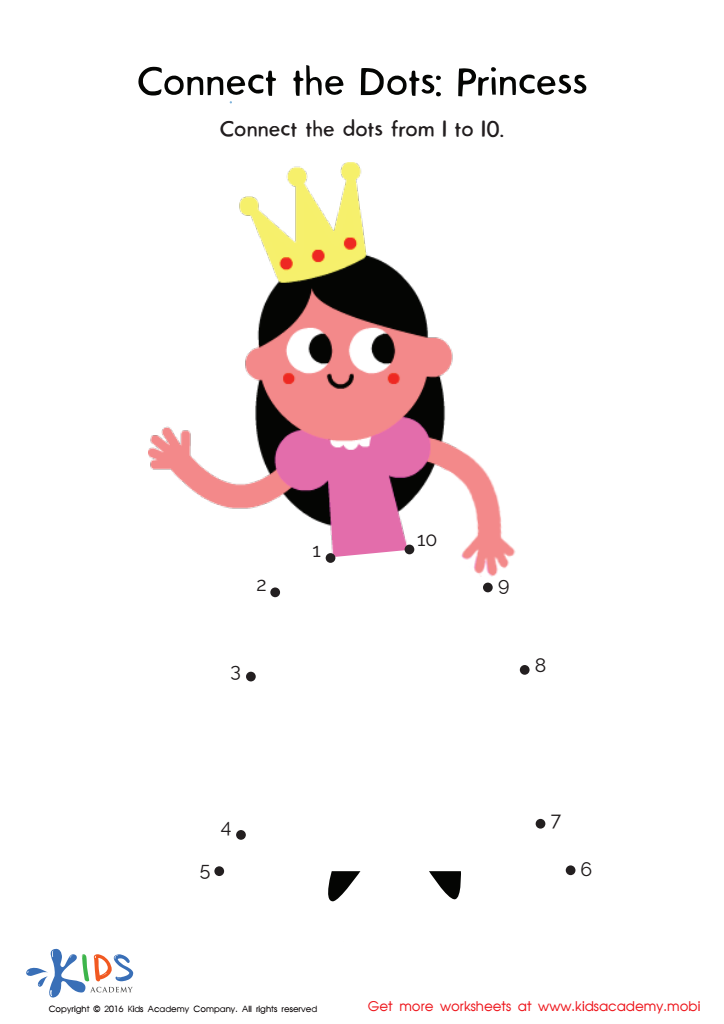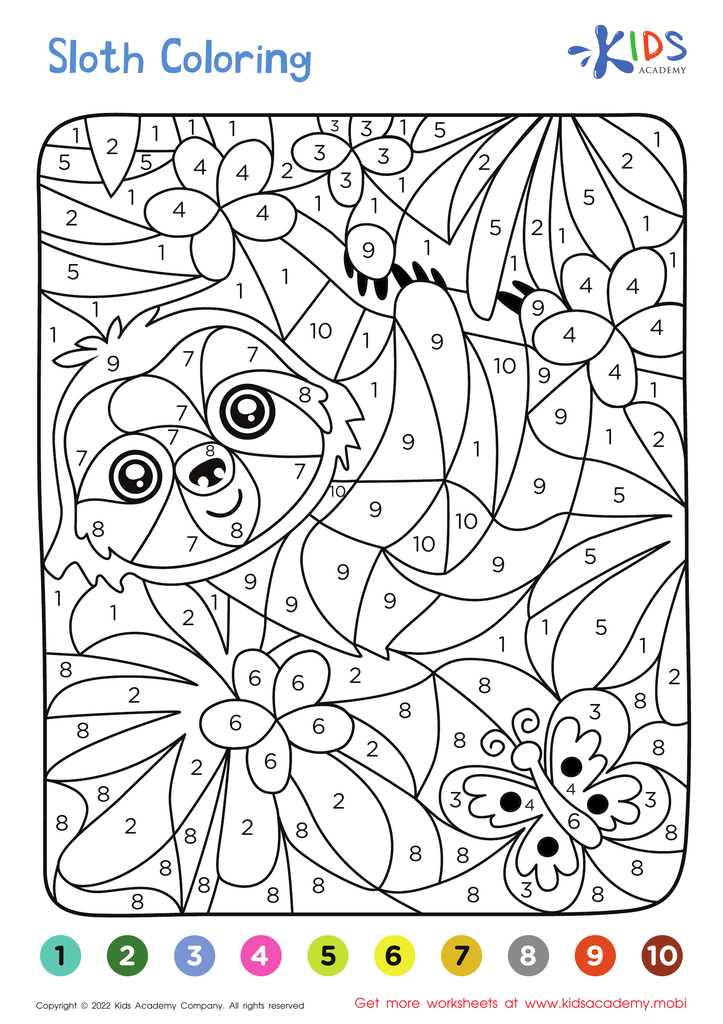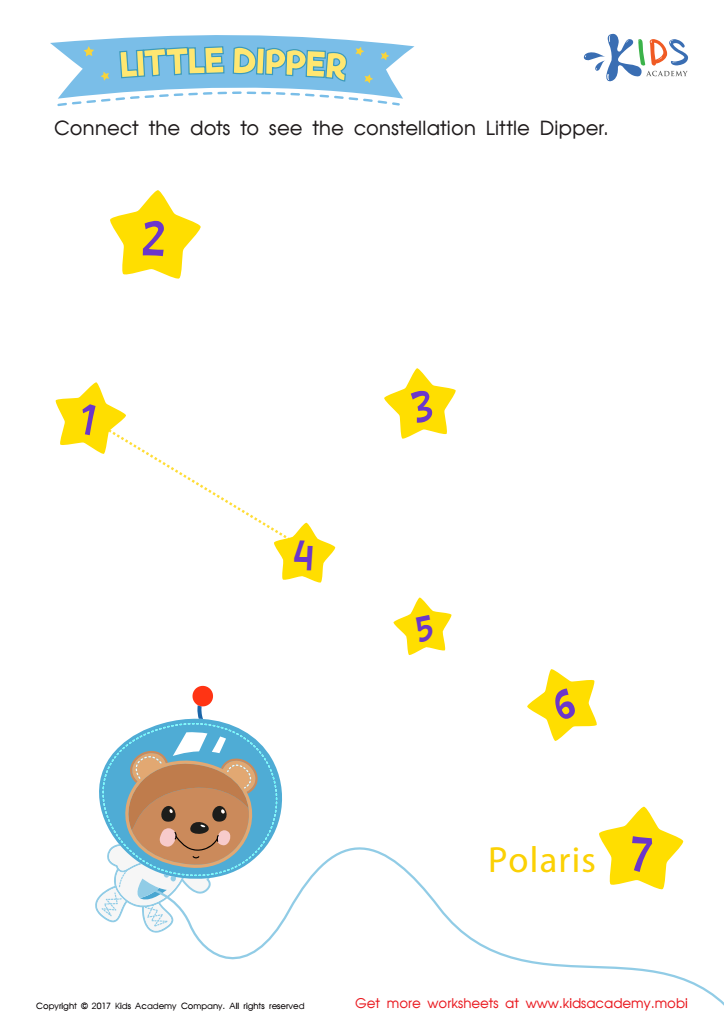Drawing by Numbers worksheets activities
35 filtered results
-
From - To


Frog Count to 120 Worksheet




The Night Sky: Leo Worksheet


Undersea: Dot To Dot Worksheet


President Madison Printable


The Night Sky: Aries Worksheet


Ordering 11–20: Halloween Counting Worksheet


Honey Bee Counting Worksheet


Carnivore Counting to 120 Worksheet


Ordering 11–20: Chicken & Egg Dot–to–dot Worksheet


More About the White House Worksheet


Birthday Counting Connect Dots Worksheet


Pirate Ship Connect Dots Worksheet


Princess Connect Dots Worksheet


Counting and Numbers: Assessment 1 Worksheet


Golden Gate Bridge Worksheet


Sloth – Coloring by Numbers


Ordering 11–20: Dot–to–dot Seashell Printable


Sea Adventure – Coloring by Numbers
Drawing by Numbers worksheets activities are an incredibly beneficial tool for learners of all ages, serving as both an educational resource and a source of enjoyment. These activities, which blend the creativity of art with the precision of mathematics, offer a multitude of advantages that contribute to cognitive development, fine motor skills improvement, and a deeper understanding of mathematical concepts.
First and foremost, Drawing by Numbers worksheets activities help to enhance concentration and focus. Completing these activities requires attention to detail as participants must follow specific instructions to achieve the desired outcome. This process of paying close attention fosters a disciplined approach to tasks, a skill valuable in academic settings and everyday life.
Moreover, these activities significantly contribute to the development of fine motor skills. As individuals connect numbers and bring images to life, they engage in delicate pencil or crayon movements. This practice is especially beneficial for young children whose fine motor skills are still developing, as it promotes hand-eye coordination, precision, and dexterity.
From an educational standpoint, Drawing by Numbers worksheets activities introduce and reinforce mathematical concepts such as number recognition, sequencing, and counting. By associating numbers with specific actions, learners can enhance their numerical understanding in a fun and engaging manner. This method of learning through play is known to improve retention rates and foster a positive attitude towards mathematics, a subject that many find challenging.
Furthermore, these activities encourage creativity and artistic expression. While the numbers guide the drawing, individuals still make choices about colors and textures, allowing for a personalized touch to their artwork. This blend of structure and creativity supports cognitive flexibility, encouraging learners to think outside the box.
In conclusion, Drawing by Numbers worksheets activities are a valuable educational tool. They not only make learning fun but also support a wide range of developmental areas, including focus, fine motor skills, mathematical understanding, and creative thinking. Therefore, incorporating these activities into learning environments can significantly benefit learners, making them a worthwhile addition to any educational repertoire.

 Assign to My Students
Assign to My Students




















